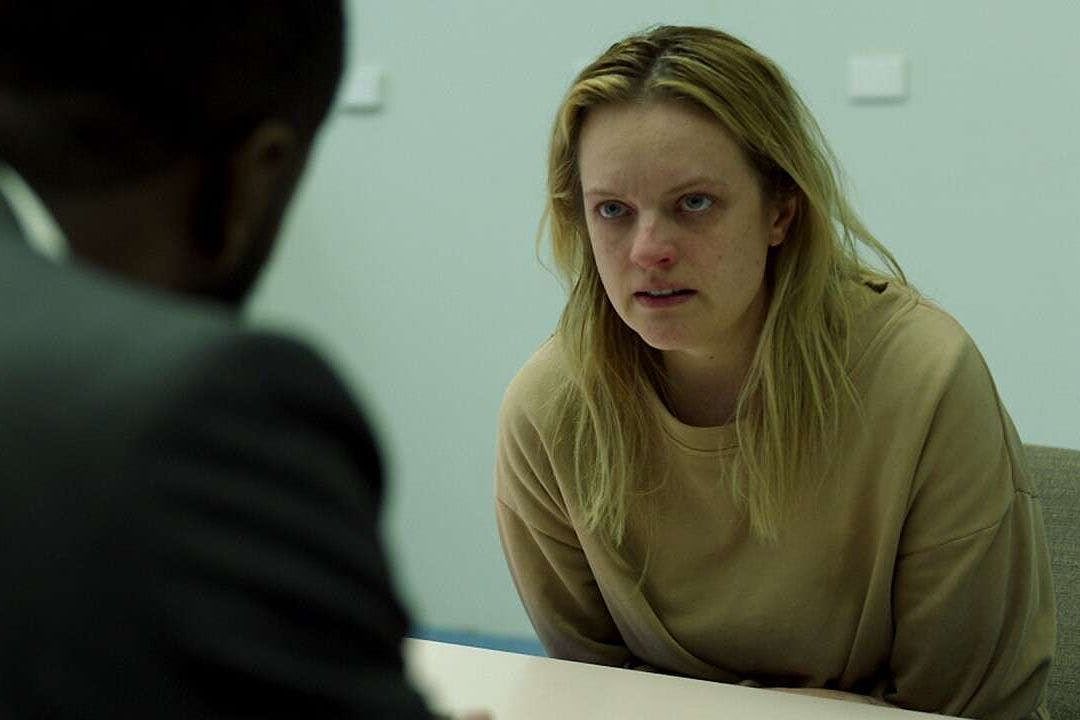The most compelling character in the psychological thriller The Invisible Man is someone we can’t see.
That’s problematic, of course, as this slick adaptation of the H.G. Wells science-fiction novel is more concerned with high-tech gimmickry than emotional investment in those who are, um, visible.
Emphasizing the horror roots of the source material while repositioning it with an eye toward feminist empowerment, the film opens with a harrowing sequence in which architect Cecilia (Elisabeth Moss) attempt to silently flee from an immaculate home in the northern California hills she shares with her abusive boyfriend (Oliver Jackson-Cohen), an optics entrepreneur.
She experiences his rage before speeding away. Two years later, she’s still an agoraphobic living with a supportive police detective (Aldis Hodge) and his teenage daughter (Storm Reid).
Cecilia’s estranged sister (Harriet Dyer) brings news that her tormenter has committed suicide. Yet Cecilia remains skeptical, eventually speculating that he’s instead found a way to make himself invisible to exact his revenge. Those around her dismiss such accusations as hysteria, forcing Cecilia to become resilient and seek vigilante justice.
Although such a premise obviously requires an outrageous suspension of disbelief, Moss (“The Handmaid’s Tale”) does her best to keep the feisty Cecilia grounded as her trauma spirals into rampant paranoia.
Dripping with creepy atmosphere, the film ratchets up the tension in inspired bursts, eliciting legitimate chills when the title character takes on a handful of bewildered cops in a narrow corridor, and when a terrified Cecilia literally stabs into thin air repeatedly during a kitchen confrontation.
Ultimately, however, the screenplay by director Leigh Whannell (Insidious: Chapter 3) too often settles for cheap thrills and jump scares rather than generating consistent suspense. It downplays any meaningful moral complexity — such as the ramifications of its technology, the rationale of stalking victims, privacy and mental illness — in the process.
By the time it reaches a series of incoherent and illogical third-act twists, The Invisible Man becomes more tedious than frightening. It might cause you to ponder how the 19th century book was so far ahead of its time, or recall superior cinematic adaptations in the past, such as the iconic 1933 version with Claude Rains, directed by James Whale.
Whether this update becomes the rumored catalyst for a series of remakes of classic Whale-era horror movies obviously depends on audience tastes. In other words, we’ll have to see.





